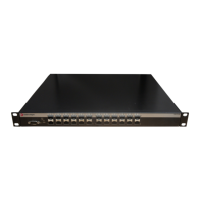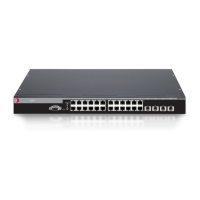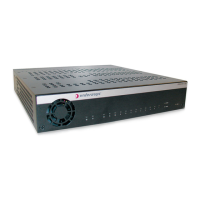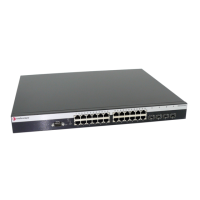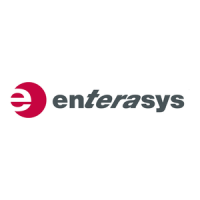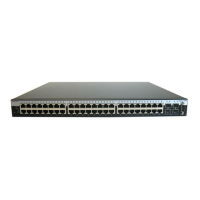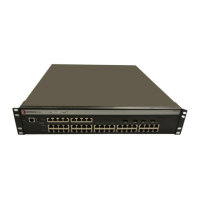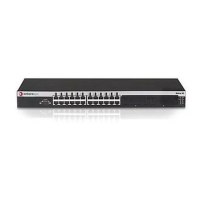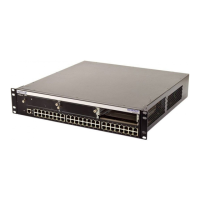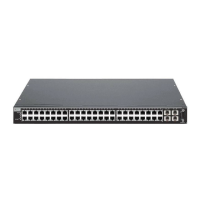set cos port-resource flood-ctrl
Enterasys C3 Configuration Guide 15-29
Usage
CoS port resources are where actual physical rate limiters are configured. Resources map directly
to the number of rate limiters supported by the port type. (Port type 0 supports 100 IRL resources.)
Resources exist for each port group and are indexed as group#.port-type.irl-index. Port resources
are not initially configured as rate limiting.
Inbound rate limiting, or rate policing, simply drops or clips traffic inbound if a configured rate is
exceeded. CoS inbound rate limiting allows the user to configure rate limits based on kilobits per
second.
The show cos port-resource command displays the resources available for each port group. By
default, no IRL resources are configured. The default Rate Limiting algorithm is drop and cannot
be configured otherwise.
Example
This example sets the inbound rate limit resource index number 1 for port group 2.0 to 10000 Kbps
or 1 MB:
C3(su)->set cos port-resource irl 2.0 1 unit kbps rate 10000 type drop
set cos port-resource flood-ctrl
Use this command to create a CoS-based flood control port resource. This resource specifies flood
control rate limiters that can be mapped to specific ports.
Syntax
set cos port-resource flood-ctrl group-type-index { unicast | multicast | broadcast
| all} rate rate
Parameters
Defaults
None.
Mode
Switch command, read-write.
group-type-index Specifies a port group/type index. Valid entries are in the form of
group#.port-type.
Valid values for group# can range from 0 to 7. Valid values for port-type
can range from 0 to 1, although only port type 0 is currently supported.
For example, port group 3 would be specified as 3.0.
unicast Specifies rate limiting will be applied to unknown unicast traffic.
multicast Specifies rate limiting will be applied to multicast traffic.
broadcast Specifies rate limiting will be applied to broadcast traffic.
all Specifies rate limiting will be applied to unknown unicast, multicast,
and broadcast traffic.
rate rate Specifies a rate limit in packets per second.
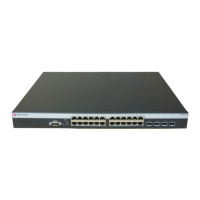
